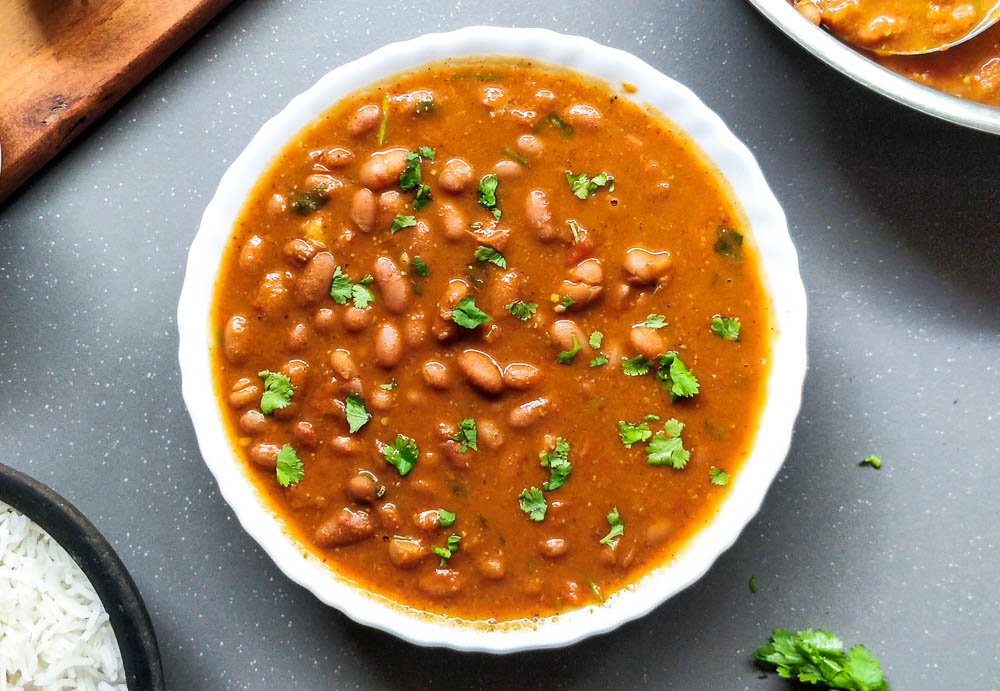thecancrizans.com – Rajma, a beloved North Indian dish, is a quintessential comfort food that warms the heart and satisfies the soul. Made with red kidney beans simmered in a rich and flavorful gravy, rajma is often served with rice, earning the popular moniker “rajma chawal.” Let’s explore the history, preparation, and cultural significance of this delightful dish.
The Origins and Popularity of Rajma
Rajma has its roots in the Indian subcontinent, particularly in the northern regions like Punjab. The dish has become an integral part of Indian cuisine, celebrated for its hearty and wholesome nature. Although kidney beans originated in Central America, they were introduced to India centuries ago and have since been embraced as a staple ingredient in many households.
Rajma’s popularity extends beyond its taste; it is a nutritious dish packed with protein, fiber, and essential nutrients. This makes it a favorite among vegetarians and anyone seeking a satisfying and healthy meal.
The Art of Preparing Rajma
Creating a delicious pot of rajma involves a few key steps that bring out the rich flavors of the beans and spices. Here’s a simple guide to preparing this comforting dish:
- Soak and Cook the Beans: Start by soaking red kidney beans overnight. This helps soften the beans and reduces cooking time. The next day, pressure cook the beans until they are tender and cooked through.
- Prepare the Masala: The heart of rajma lies in its masala, which is made by sautéing onions, ginger, and garlic until golden brown. Add tomatoes and cook until they break down into a smooth sauce. Spice it up with cumin, coriander, turmeric, garam masala, and red chili powder.
- Simmer the Rajma: Add the cooked kidney beans to the masala, along with some of the cooking liquid. Let it simmer gently, allowing the beans to absorb the flavors of the spices. This slow cooking process is key to achieving the dish’s signature taste.
- Finish and Serve: Garnish with fresh coriander leaves and a dollop of butter or cream for added richness. Serve hot with steamed rice or naan for a complete meal.
Cultural Significance and Variations
Rajma is more than just a dish; it’s a cultural staple that brings people together. Often served during family gatherings, festivals, and special occasions, rajma holds a special place in Indian culinary traditions. Its comforting nature makes it a go-to meal for many, especially during chilly weather.
While the classic Punjabi version of rajma is the most well-known, there are numerous regional variations that incorporate different spices and techniques. Some versions may include the addition of yogurt or coconut milk for a unique twist.
A Dish for Every Occasion
Whether you’re indulging in a comforting bowl of rajma on a lazy Sunday afternoon or serving it at a festive gathering, this dish is sure to please. Its rich flavors, combined with the soft texture of the beans, create a satisfying experience that keeps people coming back for more.
In conclusion, rajma is a celebration of flavor, tradition, and nourishment. By enjoying this dish, you’re not only treating your taste buds but also participating in a cherished culinary heritage that spans generations.
